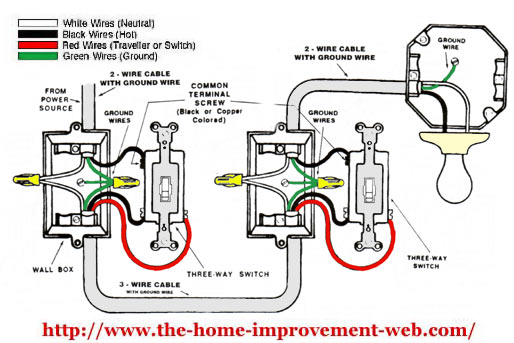The GE auxiliary switches are not intended to control a load. So they cannot be used in that specific wiring pattern, but should still work to give you a three way set up.
You might be able to do it without wiring the auxiliary to the fixture in the middle just by following the standard wiring diagrams for the GE switches.
With the GE switches, the auxiliary acts as a remote to the master switch. It just sends a signal over the traveler telling the master to turn the load on or off.
So basically you need to change the way both switches are wired so that the master controls the fixture all on its own, and the auxiliary just talks to the master.
In nonnetworked switches, it’s fairly common to have a sort of figure 8 set up where either the auxiliary or the master is completing the circuit to the fixture, and the other drops out of the loop. But you can’t do that with networked switches because network switches have to always be on power even if they look like they’re off so that they can hear the next “on” command.
Before doing anything, take pictures of the existing wiring, including exactly where the wires attached to the screws and label the wires so you could put it back if you had to.
Then you need to test every segment of every circuit so you know exactly what it is. You can’t go just by wire colors because wire colors are not mandated by code in the US. People can and do grab any wire color, especially if it’s the end of the day and there’s just one roll left in the toolbox. So your white wire might be the one that’s labeled red in an Internet diagram or vice versa.
If you don’t know how to do this test or this explanation has not been clear, you need to either bring in an electrician or get more education. If you live near a Home Depot, many offer a class on how to put in a light switch. It won’t typically cover network switches, but you’ll learn a lot more about wiring and the tools used. And since Home Depot does carry these particular switches, many times the instructor will be able to give you more help as well.
But the main point is that when you have a networked switch you are not necessarily going to exactly replicate existing wiring. That’s OK. Network switches are wired differently because of that always on requirement that I mentioned. But that’s why you need to test every segment so you know exactly where you’re starting from. 




